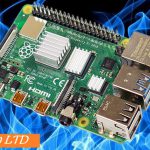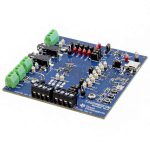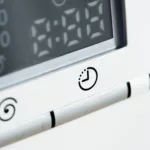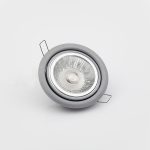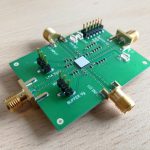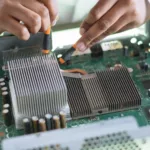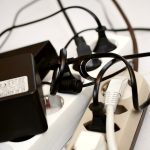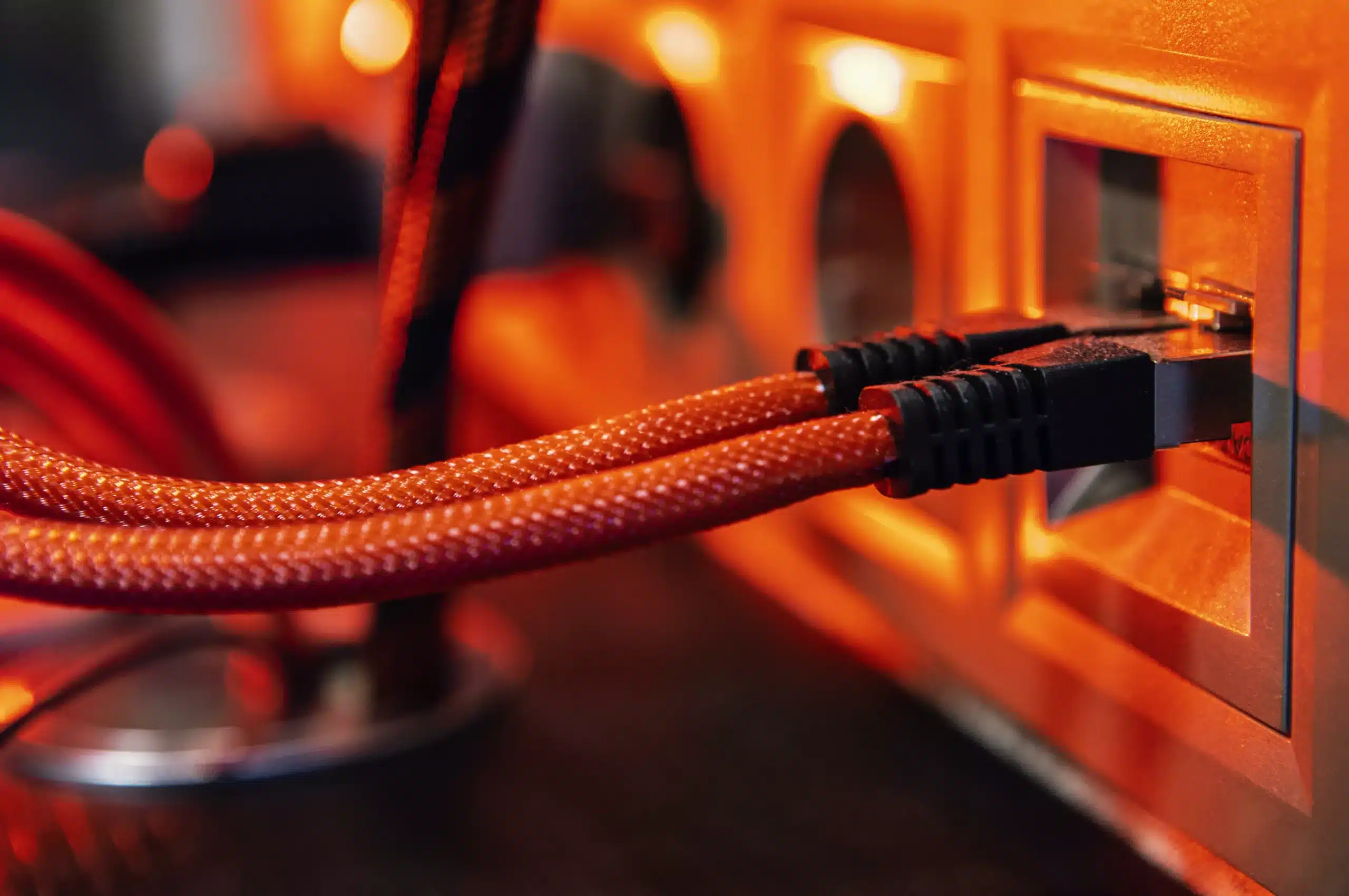
Introduction
In today’s interconnected and modern technology world, data transmission serves as the lifeblood of communication networks. Whether streaming videos, making a phone call, or accessing cloud services, your data travels through a complex web of cables and connections. One crucial component of this network infrastructure is fiber patch cables, housing multiple optical fibers enclosed within protective jackets. This article guides you through a basic introduction, importance, popular types, selection criteria, and versatile uses of fiber patch cables in various domains.
Understanding Fiber Patch Cables
Fiber patch cables, also simply called patch cords or jumper cables, are short, flexible lengths of optical fiber terminated with connectors at both ends. These cables comprise single or multiple optical fibers housed in protective jackets. A fibre patch cable serves as the critical link between various optical devices for seamless connectivity within data centres, telecommunications networks, and even for residential use.
Unlike traditional copper cables, fiber optic cables transmit data using light pulses rather than electrical signals–contributing to faster speeds, low latency, reliability, scalability, greater bandwidth, and immunity to electromagnetic interference. Fiber optics have become the backbone of modern communication networks, enabling high-speed internet, telecommunication, and data center operations.
Unleashing the Importance of Fiber Patch Cables
They are significant in modern telecommunications and data networking systems, and their importance lies due to the following attributes:
High-Speed Data Transmission
One of the fundamental advantages of fiber patch cables is their ability to transmit data at incredibly high speeds, making them ideal for applications requiring efficient data transmission with robust reliability.
Resistance to Interference
Fiber optic cables are less susceptible to electromagnetic and radio-frequency interference compared to copper cables. This immunity makes them suitable candidates in environments with high levels of electromagnetic interference, such as industrial settings and areas with heavy electrical equipment.
Long-Distance Connectivity
Fiber patch cables can transmit data over long distances without significant signal degradation. This makes them essential for connecting network devices that are far apart, whether it’s linking buildings in a campus network or connecting cities in a telecommunications network.
Future-Proofing Networks
With technological advancements, the demand for higher data speeds and greater bandwidth increases. These cables are future-proof investments due to the potential to support even higher data rates without requiring extensive infrastructure upgrades.
Exploring the Most Popular Types of Fiber Patch Cables
Fiber patch cables come in various types, each designed to meet specific requirements and applications. The two primary classifications are based on the fiber cable’s core diameter and the kind of connector used.
Based on the Core Diameter
Single-mode Fiber (SMF)
Single-mode fiber patch cables have a tiny core diameter, typically around 9 microns. They are designed for long-distance, high-bandwidth transmissions and are commonly used in telecommunications and long-haul network connections.
Single-mode Fiber (SMF)
MMF patch cables have a larger core diameter, typically 50 or 62.5 microns. They are suitable for shorter-distance transmissions and are commonly used in data centers, campus networks, and LAN connections.
Based on the Connector Type
LC (Lucent Connector)
LC connectors are small, easy to install, and offer low insertion loss. They are commonly used in data centers and high-density environments.
SC (Subscriber Connector)
SC connectors are relatively easy to install and offer good performance. They are widely used in both single-mode and multi-mode applications.
ST (Straight Tip)
ST connectors were once popular but are now less common in modern installations. They are still used in some legacy systems.
MTP/MPO (Multi-fiber Push-On)
MTP/MPO connectors are designed for high-density, multi-fiber applications, such as parallel optics in data centers.
Applications Areas of Fiber Patch Cables: Exploring the Versatility
Fiber patch cables find applications in various industries and environments due to their reliability and performance. Some common fiber patch cable use cases include:
Data Centers:
Fiber patch cables are the backbone of data center infrastructure, connecting servers, switches, and storage devices to ensure high-speed data transmission and minimal latency.
Telecommunications:
Telecommunication networks rely on these kind of cables for long-distance connections, enabling voice and data services to be delivered over vast distances with minimal signal loss.
Broadcasting and Media:
Broadcasters and media companies use fiber patch cables to transmit high-definition video and audio signals over long distances without degradation.
Military and Aerospace:
These cables are used in military and aerospace applications due to their resistance to EMI and their ability to transmit data securely and reliably.
Medical and Research:
In medical and research settings, fiber patch cables are used to connect diagnostic and imaging equipment, ensuring high-quality data transfer in critical applications.
Fiber Patch Cable Features and Considerations
There are several key features and considerations to keep in mind, such as:
Cable Length:
Choose the appropriate cable length to meet your specific needs. Longer cables may introduce more signal loss, so it’s essential to strike a balance between distance and signal quality.
Connector Types:
Select the suitable connectors for your equipment and network architecture, whether LC, SC, ST, or MTP/MPO.
Core Diameter:
Decide between single-mode and multi-mode fiber based on the transmission distance and bandwidth requirements of your application.
Jacket Type:
They come with different jacket types, including PVC and LSZH (Low Smoke Zero Halogen), which have varying levels of flame resistance and environmental suitability.
Bend Radius:
Fiber cables have a minimum bend radius that should not be exceeded to avoid signal loss or damage.
Duplex or Simplex:
Duplex cables contain two fibers for bidirectional communication, while simplex cables have only one fiber for unidirectional applications.
Final Thoughts
Fiber patch cables are indispensable in today’s modern communication networks, enabling the fast and reliable transmission of data, video, and signals over vast distances. They are of great importance due to their robust energy efficiency, versatility, cost-effectiveness, and scalability features. By understanding the fiber optic patch cable basics, such as types, applications, and selection considerations, it is possible to make informed decisions when deploying these critical components in your network infrastructure.







